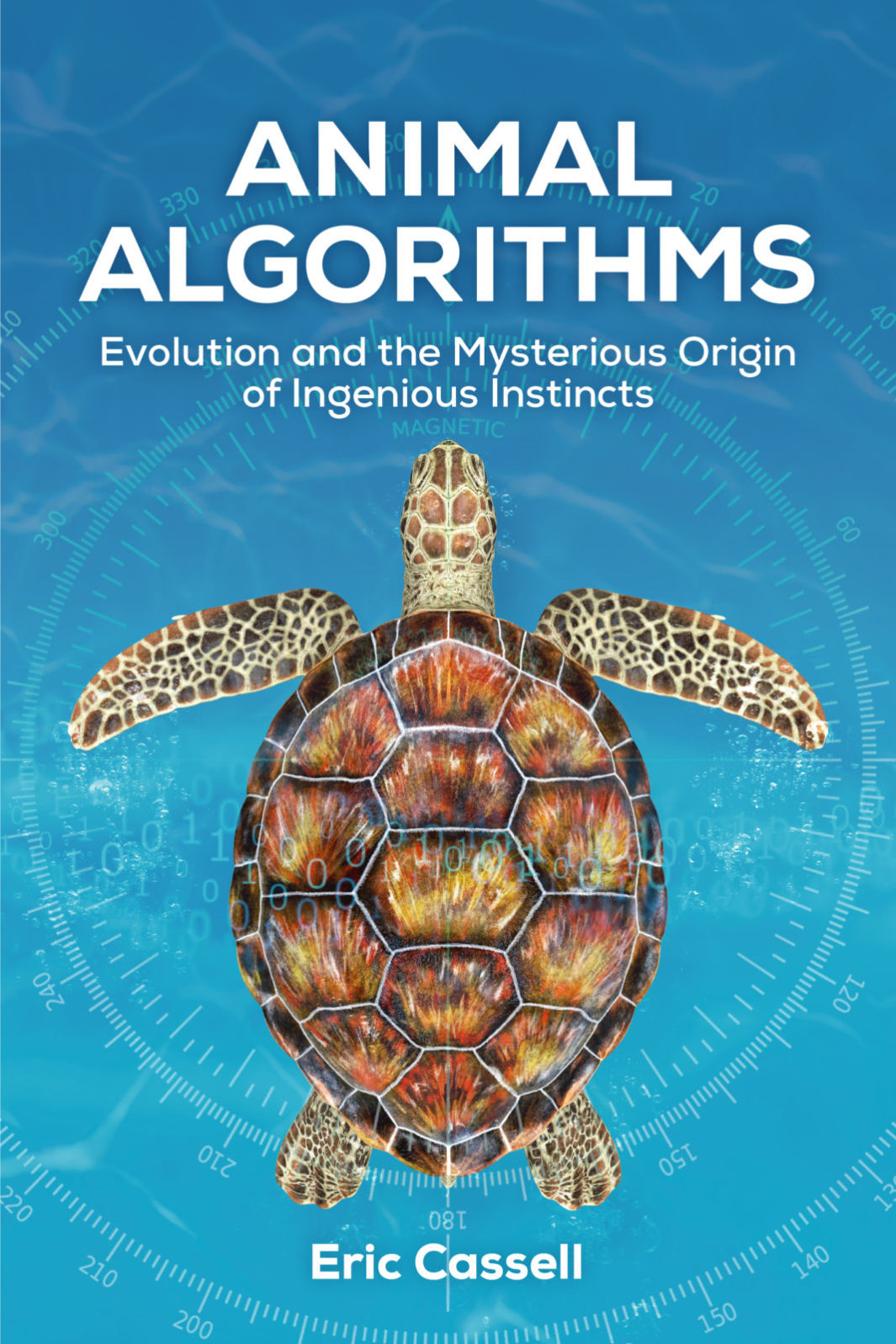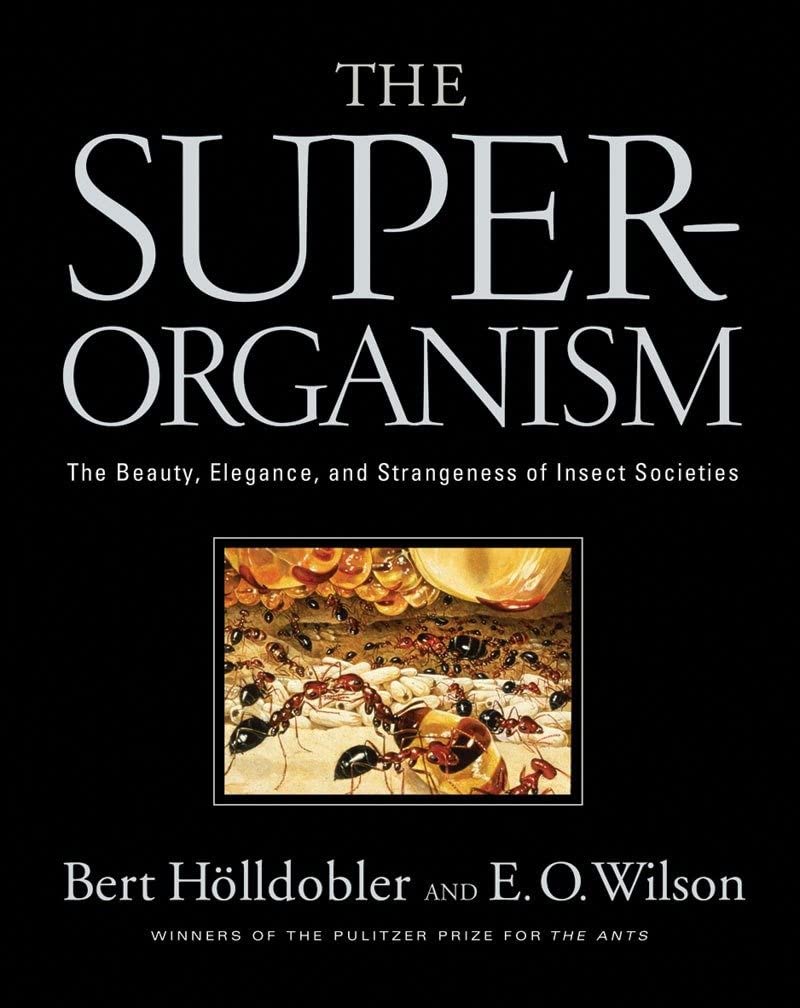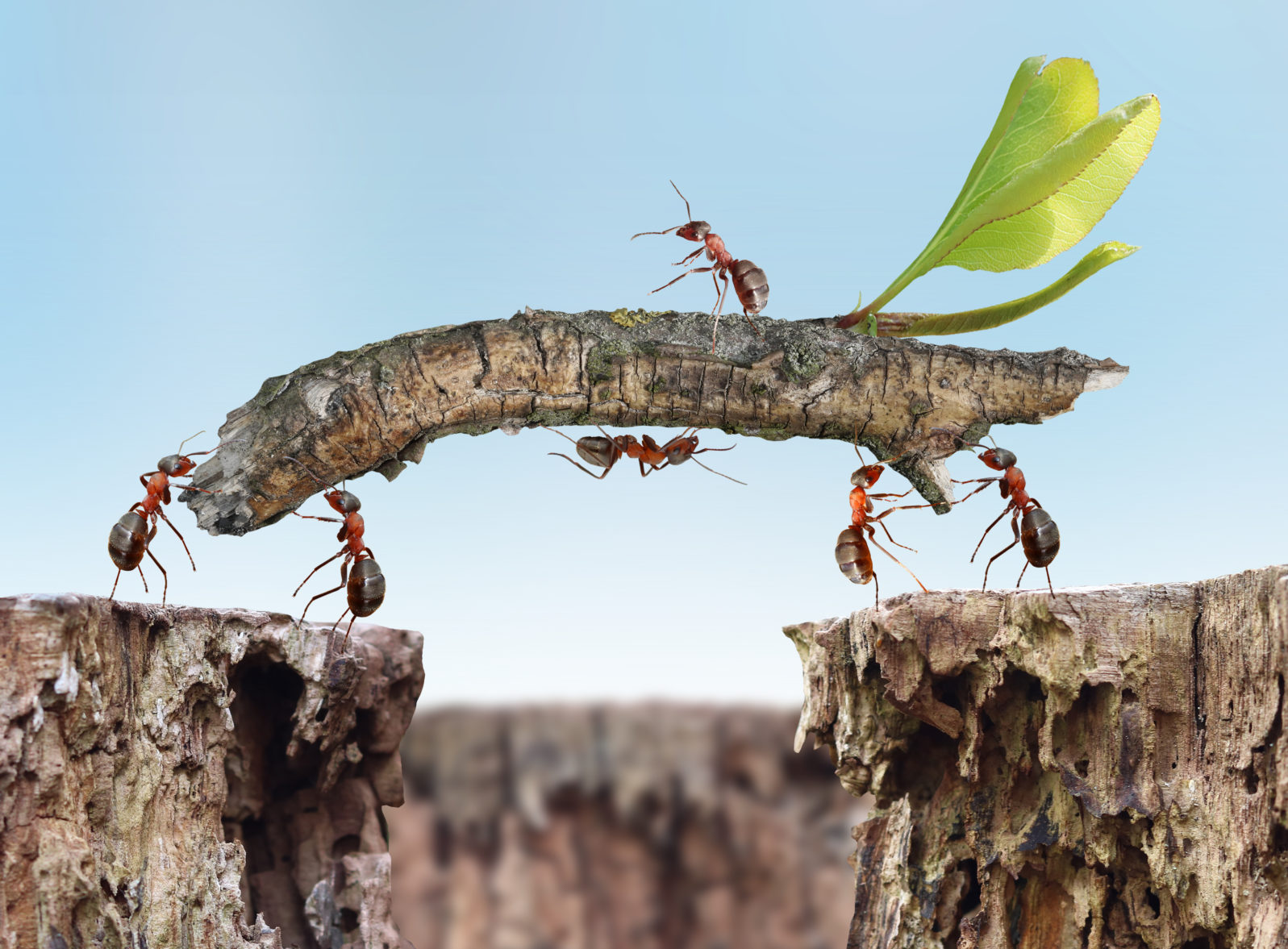Do Ants Think? Yes, They Do — But They Think Like Computers
Computer programmers have adapted some ant problem-solving methods to software programs (but without the need for complex chemical scents)Navigation expert Eric Cassell, author of Animal Algorithms: Evolution and the Mysterious Origin of Ingenious Instincts (2021), offers some insights in the book into how ants organize themselves using what amount to algorithms, without any central command:

Ants are remarkably consistent in their lifestyle: All of the roughly 11,000 species of ants live in groups, large or small. There are no known solitary ants.
Living in groups, they have developed a social lifestyle that includes “agriculture, territorial wars, slavery, division of labor, castes, consensus building, cities, and a symbolic language.” (p. 85) How is this managed by ants with very small brains (200,000 to 250,000 neurons) and very limited individuality?
For comparison, among mammals, the agouti has roughly 857 million neurons, the capybara has 1.60 billion, and the capuchin monkey, 3.690 billion. Humans have roughly 85 billion neurons. It seems that the ant is doing something that does not rely on individual problem-solving skills.
Cassell points out that the ants’ complex colony organization where one queen or several queens lay all the eggs and the other females do all the work is almost exclusively the domain of life forms with very small brains. The naked mole rat is the only mammal that follows this pattern. Incidentally, the naked mole rat has fewer neurons in a smaller brain than expected for its body size, relative to other rodents.
Such colonies are sometimes called “superorganisms” because the individual organisms work for the survival of the colony as a whole. Take these leaf-cutter ants in Brazil:
So what are some of the ant colony’s methods?
We don’t know exactly how the ant “algorithm” works out divisions of labor but one study found that young ants typically tend to the eggs, larvae, and pupae while older ants forage outside the nest. Foraging is a much more dangerous activity than tending the young so if the older ants forage, fewer days of ant life are lost to the colony (pp. 89–90). Some ant species have castes of workers with specially shaped heads, best suited to specific purposes like attacking other ants or blocking a tunnel (pp. 95–96). In that case, they might naturally gravitate to the task without having to think about it. They just find it easier than the differently structured ants would.

Ants communicate mainly by pheromones, scents that provide information. In their book, The Superorganism: The Beauty, Elegance, and Strangeness of Insect Societies (2008), Bert Hölldobler and E. O. Wilson (1929–2021) identified twelve areas of communication mediated by pheromones, including “alarm, attraction, recruitment, grooming, feeding, exchange of fluids and solid particles, group effect, recognition of nestmates, caste determination, control of other individuals competing for reproduction, territoriality, and sexual communication” (p. 90).
What makes pheromones a complex communication system is that most emissions are of several pheromones mingled rather than one only. Some signals are recognized by all ants in the vicinity, others only by the ant’s own species, and others are specific to the ant’s colony.
One evolutionary biologist describes the processing of pheromones as equivalent to AND gates and STOP in a computer system. (p. 91). The ant is not so much deciding what to do as responding to an AI-like signal.
Computer programmers have adapted ant algorithms to the computer:
Welcome to the Anternet!
Stanford’s Deborah M. Gordon, a specialist in ant behavior, thinks of the complex algorithms ants use to communicate without personal understanding as the “anternet”:
Ant colonies use dynamic networks of brief interactions to adjust to changing conditions. No individual ant knows what’s going on. Each ant just keeps track of its recent experience meeting other ants, either in one-on-one encounters when ants touch antennae, or when an ant encounters a chemical deposited by another.
Deborah Gordon, “What Do Ants Know That We Don’t?” at Wired

She offers an illustration:
One strategy ants use (familiar from our own data networks) is to set up a circuit of permanent highways — like a network of cell phone towers — from which ants search locally. The invasive Argentine ants are experts at this; they’ll find any crumb that lands on your kitchen counter.
The Argentine ants also adjust their paths, shifting from a close to random walk when there are lots of ants around, leading each ant to search thoroughly in a small area, to a straighter path when there are few ants around, thus allowing the whole group to cover more ground.
Like a distributed demand-response network, the aggregated responses of each ant to local conditions generates the outcome for the whole system, without any centralized direction or control.
Deborah Gordon, “What Do Ants Know That We Don’t?” at Wired
So the individual ant doesn’t know what’s going on and there is no boss ant in the colony (the queen only lays eggs; she does not rule). That’s where the algorithms come in; the ant uses prepackaged solutions to conventional circumstances like adjusting the search for food according to the numbers of co-workers.
For social insects, the superorganism structure has been highly successful, Cassell notes. In terms of sheer numbers, social insects greatly outnumber solitary ones such as cockroaches, grasshoppers, and beetles, and no major group of social insects is known to have gone extinct (p. 92). One ant colony in Hokkaido, Japan, has over 300 million workers and a million queens in interconnected nests (p. 96).
Cassell tells us that his favorite type of ant, for sheer complexity of lifestyle, is the leafcutter genus, with its remarkably complex farming operations (p. 97):
Overall, from studying ants, we can learn the way that intelligence can be instantiated in a colony (the “hive mind”) where all members seem to obey an internal algorithm that guides their behavior. As the popular expression, “like herding cats” implies, many mammals, by contrast, function as independent individuals, using their more complex brains to make individual decisions, for better or worse.
Next: The leafcutters: Ants that behave like farmhands
You may also wish to read: How do insects use their very small brains to think clearly? How do they engage in complex behaviour with only 100,000 to a million neurons? Researchers are finding that insects have a number of strategies for making the most of comparatively few neurons to enable complex behavior.
